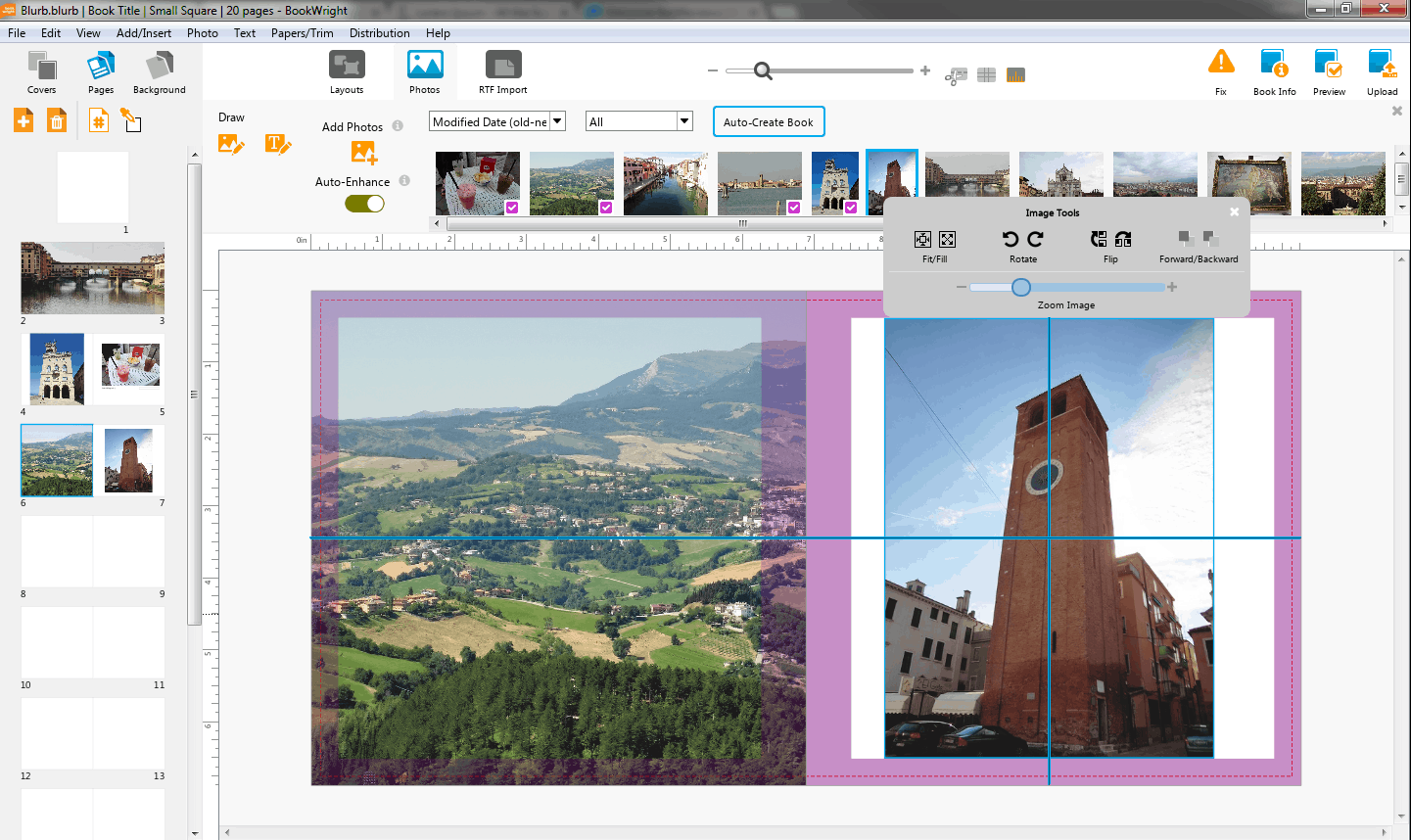
This helped me understand my ancestors in a way that I had never done before.


Then, the next day, it would seem perfectly clear. There were times when I would stare at a phrase for what seemed like hours, making no progress. It was captivating and frustrating all at the same time. Transcribing the blessings was one of the most challenging yet rewarding parts of the project. The earliest blessings I received were from the 1840s. Now I can compare the records of my previous requests with my spreadsheet to make sure I don’t duplicate a request or leave someone out.Īs I received copies of the patriarchal blessings, I scanned them and saved them to the same folder on my hard drive. I was thrilled to see that when I logged in to the app all my previous requests were listed. It also allows you to view your own blessing online. Now LDS.org has an app for requesting and keeping track of patriarchal blessing requests. I made notes in my spreadsheet accordingly. (Some members did not receive patriarchal blessings, and some may not have been submitted to church headquarters.) When blessings were found, they mailed a copy to my home.

When researchers at the Church History Library were not able to locate the blessing of my ancestor, they emailed to let me know. (Now, the church history library doesn’t limit the amount of patriarchal blessings you can request at a time, but they do say that it may take up to 3 months for your order to be fulfilled.) Realizing that I didn’t have enough time to research all my LDS ancestors by Christmas, I decided to limit the scope of my project just to Grandpa Elder’s ancestors for that year. I made notes of the ancestors who didn’t get the chance to receive a patriarchal blessing – like those who didn’t immigrate to Utah or died on their way there.Īs I went down my spreadsheet and started requesting the patriarchal blessings of my LDS ancestors, I learned that the Church History Library limited my number of requests to four per month. When I got back to people I didn’t know very well, I checked the Family Tree to see if they were baptized and when. To begin my project, I created a spreadsheet with the names of all my ancestors who I knew were members of the LDS church. If you know more information, such as the name of the patriarch and date the blessing was given, you can fill that in as well. The information you’ll need to request them include name, date of birth, and parents’ names. Using the Church History Library’s online service, you can request the patriarchal blessings of your deceased direct line ancestors. The blessings are written down and kept in the archives of the church. Each blessing also includes the maiden name, birth date, birth place, and parents’ names of the recipient.

They give comfort and guidance to the recipient and can be a fascinating source of information about the recipient’s life and faith. Patriarchal blessings are an ordinance given to members of the LDS church, similar to the blessings Jacob and other biblical patriarchs gave their children. One repository that I was especially eager to use was the LDS Church History Library, where all kinds of LDS records are kept, including most of the patriarchal blessings given to church members since 1833. I determined to find and compile all the stories and records about my LDS ancestors’ faith. I knew some of the conversion stories of my Mormon pioneer forefathers, but not all. Walker’s talk in the April 2014 General Conference about learning stories of faith of our ancestors.


 0 kommentar(er)
0 kommentar(er)
